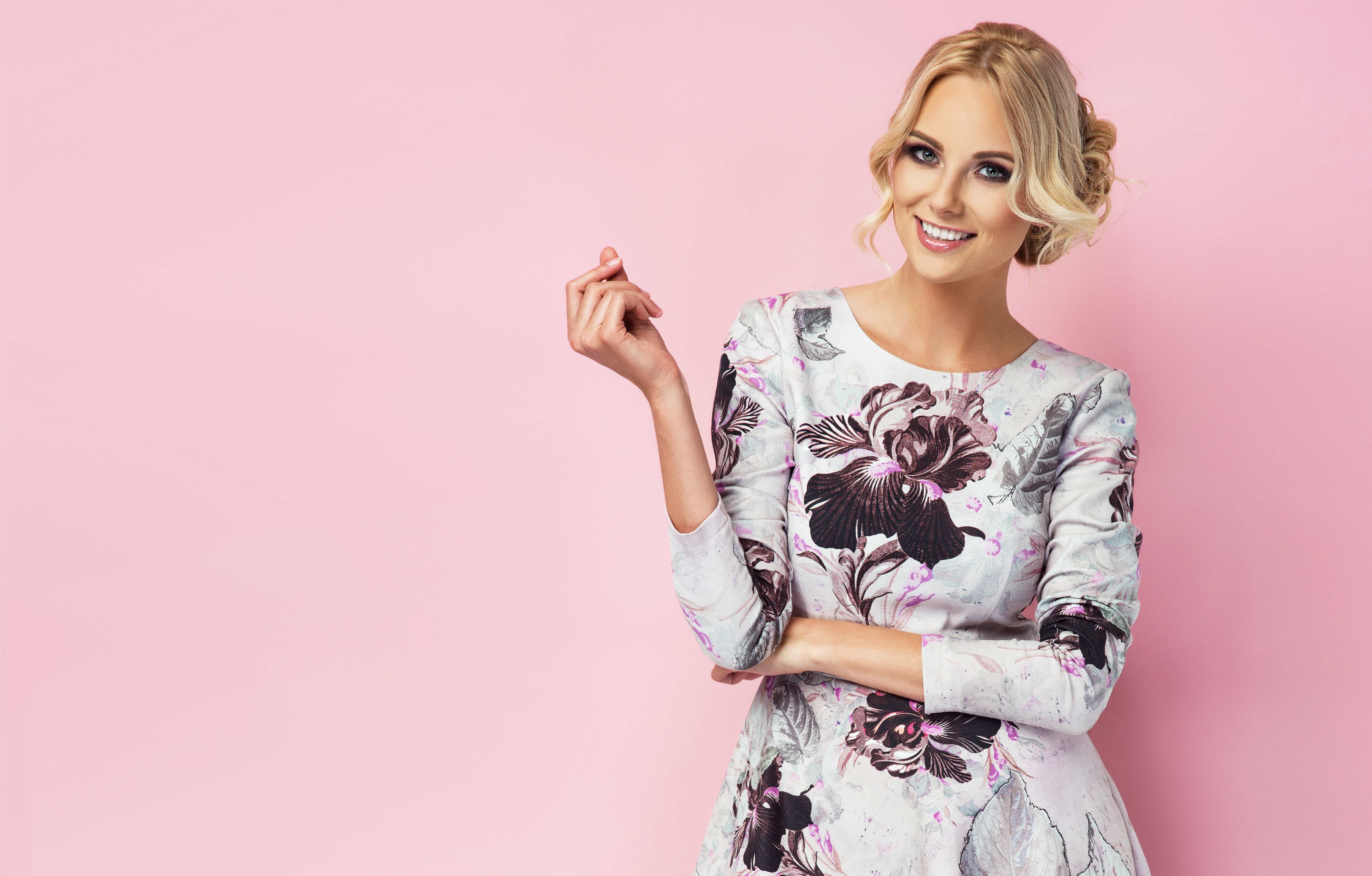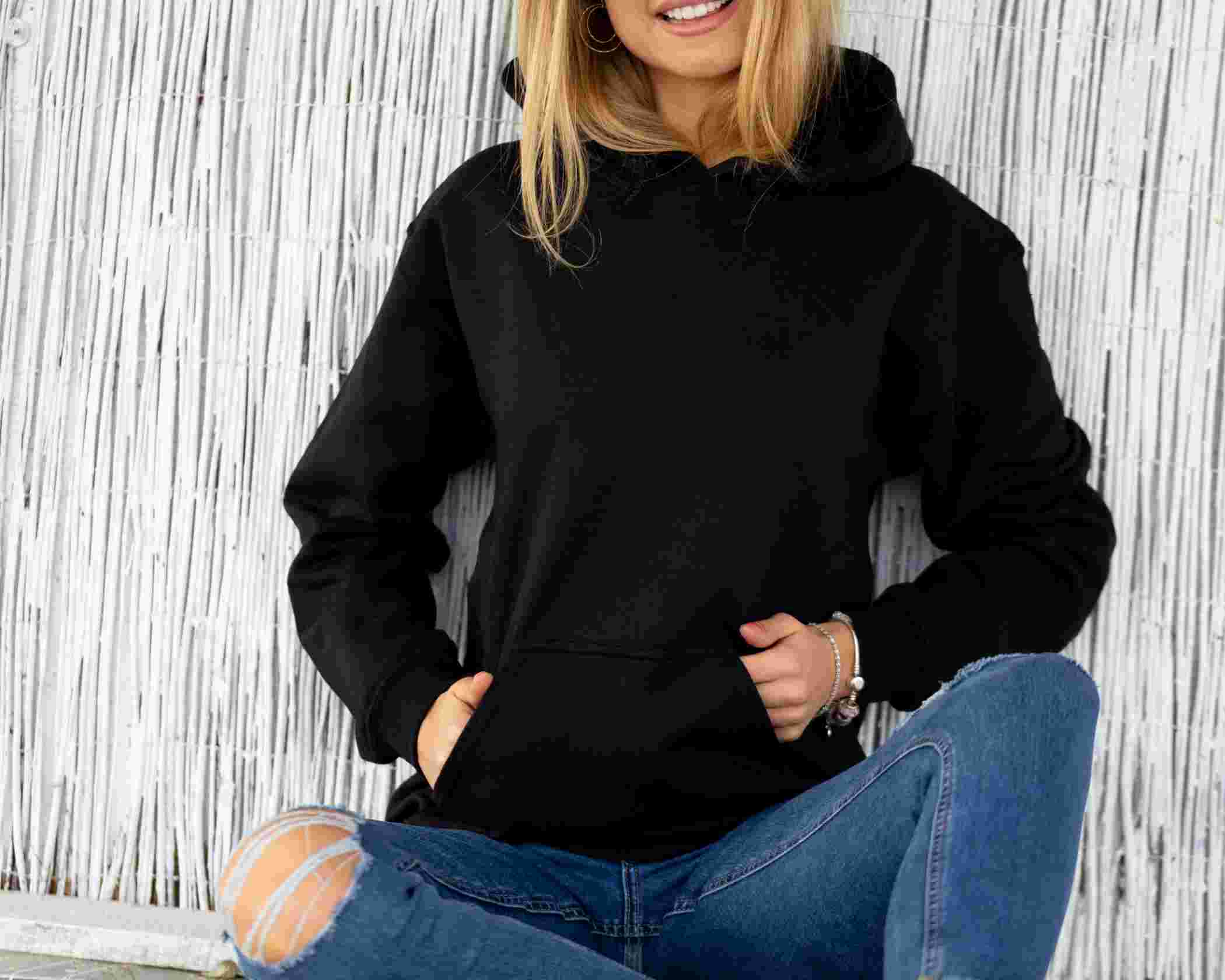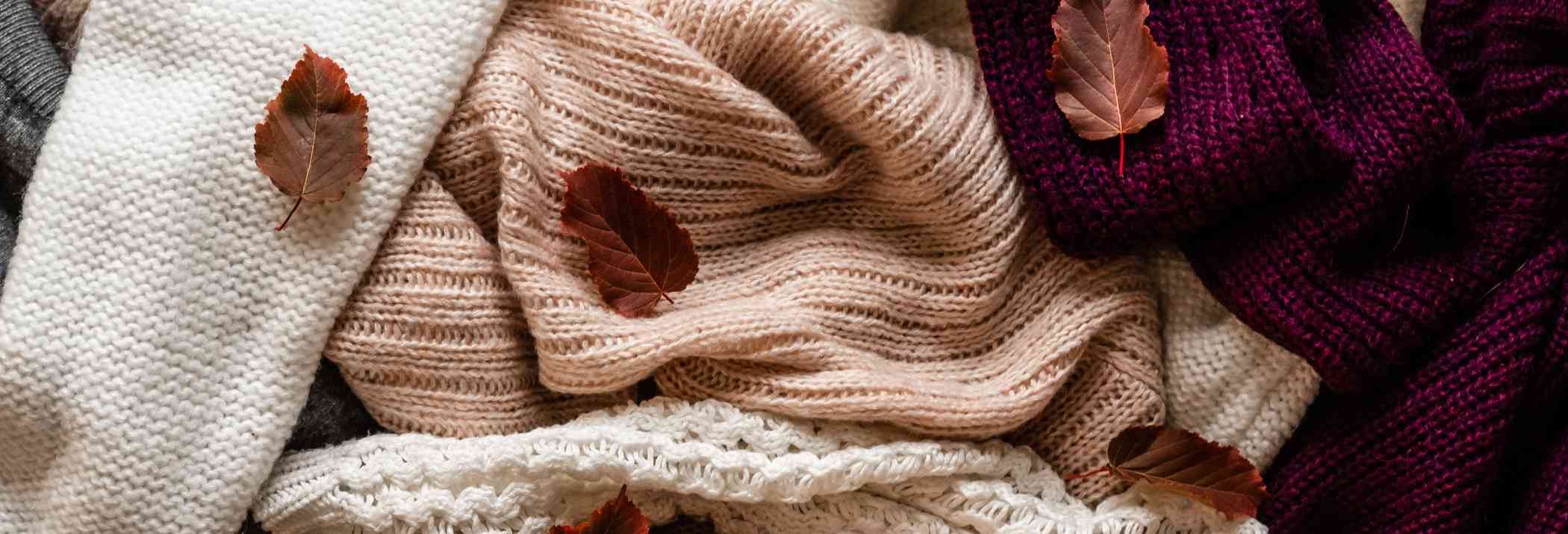Designing Dresses with Breathable Fabrics

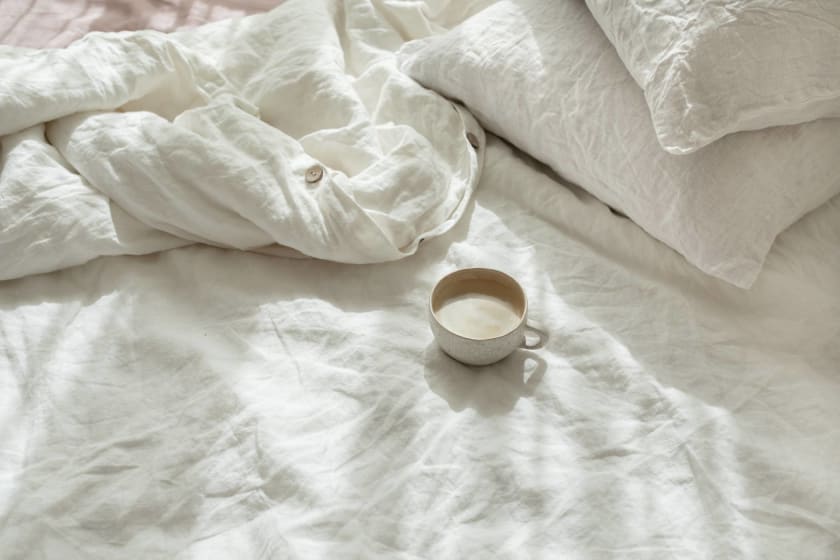

Breathable fabrics are one of the major components of an individual’s clothing and in any fashion industry in the whole world. Why?
Well, the summers can be cruel, but there are ways to beat the heat. Like sipping on chilled, hydrating drinks and wearing breathable fabrics without hindering your glamorous style.
This fabric prevents you from overheating and sweating when you are out in the sun for long. Breathable fabric clothes are the best to wear in those parts of the world where the temperature is always soaring. They also give you warmth and allow air to pass through them, so the fabric remains fresh.
So when should you use breathable fabrics while designing your beautiful dresses?
Summers are one reason where you need beautiful dresses with breathable fabrics. Summers in the subcontinent soar high and become difficult. It comes not only with just the heat but also dust, sweat, and more.
The sunny season demands natural and lightweight fabrics, so let us ditch the dark tones and bring the pastel colors. Pastel colors are light and do not allow the heat to pass through while keeping you breezy and lightweight.
Breathability is the ability of the fabric to absorb the moisture, release it through the fabric, and allow it to breathe. Using breathable fabrics is important for many reasons, and some of them are:
- It keeps the fabric fresh and allows air to travel through it
- It prevents blisters or rashes caused by heavy and non-breathable materials when you use them while designing your dresses.
One of the best and suitable quality fabrics is made from cotton. It allows airflow and absorbs moisture, as cotton is the most natural fiber. Woven or knitted fabrics are fashionable, but they also have the desired properties, such as insulation.
One mainly needs breathable fabrics in high-altitude conditions. The materials that have waterproofing, wind-proofing, and are permeable to vapor are considered breathable fabrics.
There are a variety of materials available which can be used as breathable fabrics while designing your dresses. So read below to learn how you can look fashionable and sustainable at the same time!
Khadi:
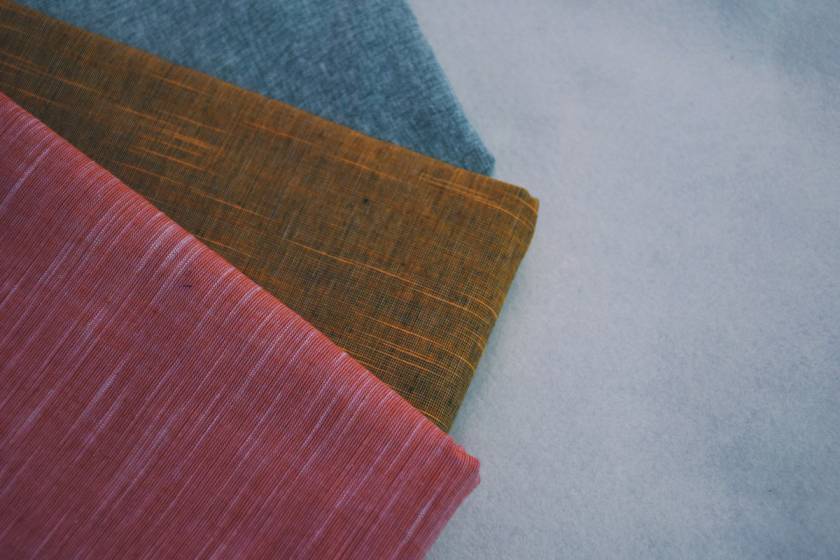
Khadi is one of the oldest and humble fabrics that is light and breathable and keeps you comfortable. And this fabric has made its way from freedom struggle to the racks of top-notch designers like Wendell Rodricks, Sabyasachi, and others and has become an integral part of Indian culture.
So be it skirts, sarees, kurtas, tops, khadi will keep your dresses fashionable as well as breathable.
Linen:
This luxurious material is the most lightweight and keeps you airy and cool. It also dries fast, and thanks to the linen’s structure, it does not stick to your skin. This aspect is because of the way one weaves linen. The fibers of this material help for better airflow and keep your fashion intact with a variety of colors.
Also, various options are available for both men and women, so go check out this breathable fabric.
Organic cotton:
This fabric is well-known around the globe as its production involves no chemical fertilizers and pesticides. This fabric cloth is also dyed using natural, chemical-free colors. The clothes made from this fabric are breathable, non-toxic, and environmentally friendly and do not cause any allergies or harm to the skin.
This fabric is ideal for summer as it is lightweight, and thus, it will evaporate moisture and sweat.
These fabrics provide you with a variety of options in fashion and keep you cool and sweat-free even if you walk in the scorching heat of summer. There are three main factors that you need to consider deciding if the clothing has breathable fabric:
1. Fabric construction and its weight:
Tighter the fabric’s knits and weaves, less breathable is the fabric. Therefore, choose such a fabric that has open knits and loose weaves for you to be dust and sweat-free during summers.
2. Fit:
Choose the fabrics depending on where you are going and what you demand from the dress. If you want to relax, then choose a loose fit or garment. If you are going for some heavy activity, choose breathable fabrics that will keep you sweat-free and allow your body to breathe and feel the air.
3. Moisture:
Breathable and lightweight fabrics are the ones that help reduce sweat and keep your body in a natural cooling mechanism. It evaporates moisture from the skin, and you shine in the sunshine.
Besides the breathable fabrics, there are also waterproof-breathable fabrics that resist the water passing through them and allow water vapors to keep you airy. But such fabric’s breathability depends upon the weather conditions you will be in, the temperature, and the humidity.
Waterproof breathable textiles are generally and widely used in sportswear. They also generally find use in clothes that protect from wind, rain, or even when you lose body heat. The production of water vapor by the skin is essential for the maintenance of body temperature.
Even in the waterproof-breathable fabrics, there are different types like:
Densely woven breathable fabric
The densely woven breathable fabrics were the first effective waterproof breathable fabrics. They were developed for military purposes in the 1940s and were known as Ventile. In this, the cotton is processed into combed yarn, and then it is piled.
This technique helps to improve the regularity and keeps the fibers parallel so that there are no large pores and the water cannot penetrate.
Laminated waterproof breathable fabric
In the laminated waterproof breathable fabric, the membranes are extremely thin films made from a polymeric material. They are made such that they have high resistance to water penetration but allow a passage for water vapor. The membrane is laminated to the underside of the fabric outside to form a layering system.
Protective clothing uses this type of method. Even in laminated waterproof breathable fabric, there are several subtypes.
Coated waterproof breathable fabric
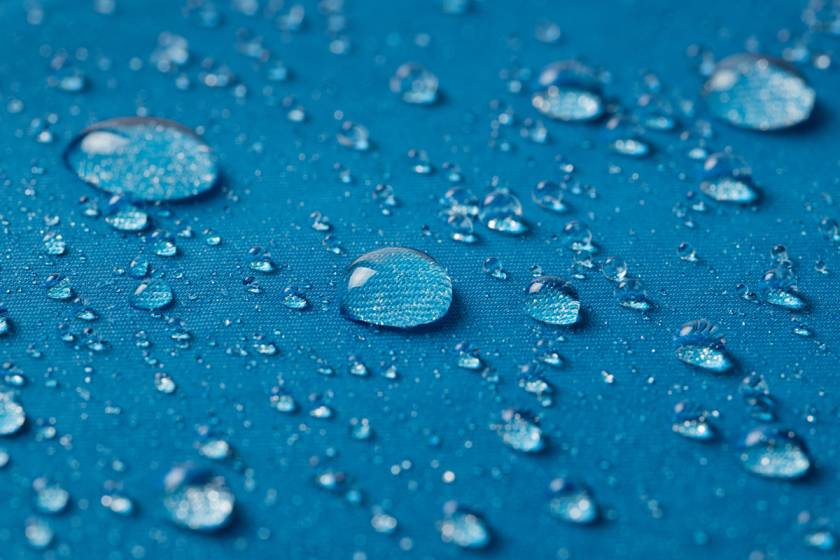
The coated waterproof breathable fabric also uses the same method where the water vapor permeability mechanism acts as the hydrophilic membranes. The coating of this breathable fabric is based upon materials like polyurethane, a chemically modified material made from polyvinyl alcohols and polyethylene oxides.
These coated waterproof breathable fabrics have many subtypes that give the same breathable fabric result.
To conclude
Clothes need to have breathable fabrics because it allows the air to flow through them easily, and you can prevent sweat and keep yourself cool. Moisture-wicking fabrics also keep you comfortable and dry, but not all breathable fabrics are moisture-wicking.
Thus, while picking up the fabrics, check before choosing them. The breathable fabrics allow the perspiration, evaporated by the body, to escape to the surroundings, allowing complete comfort to you.
But wearing very tight clothes made from poor heat transfer fabric can cause discomfort and lead to severe skin problems that can hinder the ability of your physical work performance. Therefore, any fabric’s comfort depends upon its ability to transfer water and vapor from the body to prevent the accumulation of any liquid, dust, or germs on the skin.
So do not ruin your summers wearing ill-fitting or heavy knits, but dress and design your clothes with one of the great breathable fabrics here.















